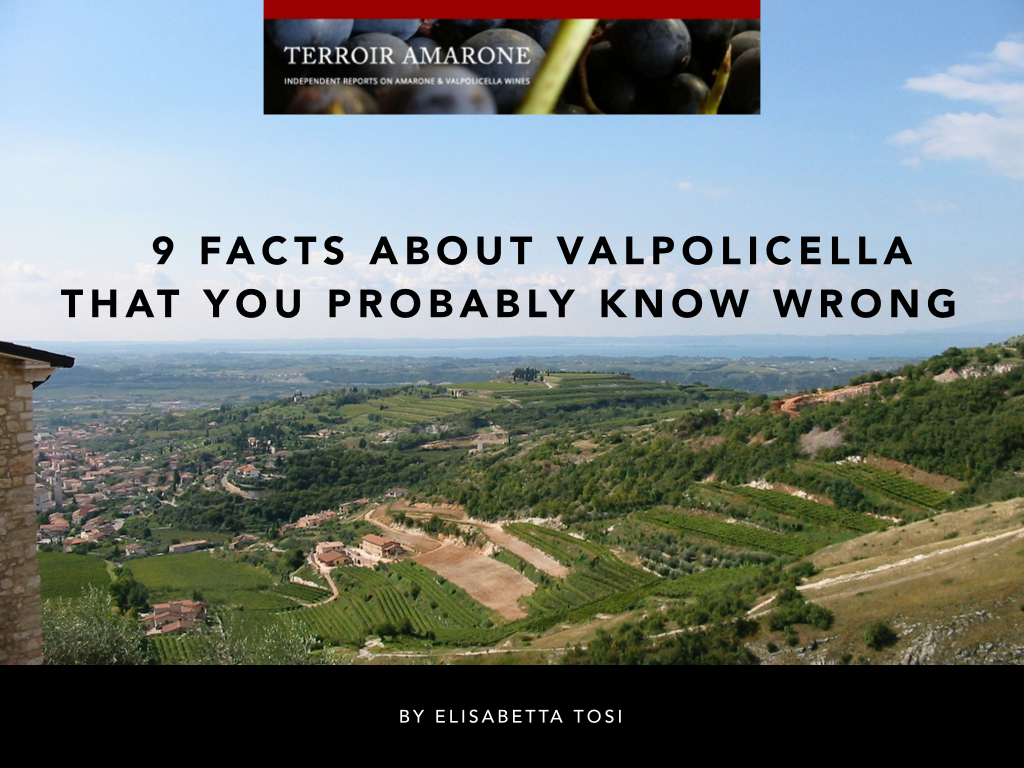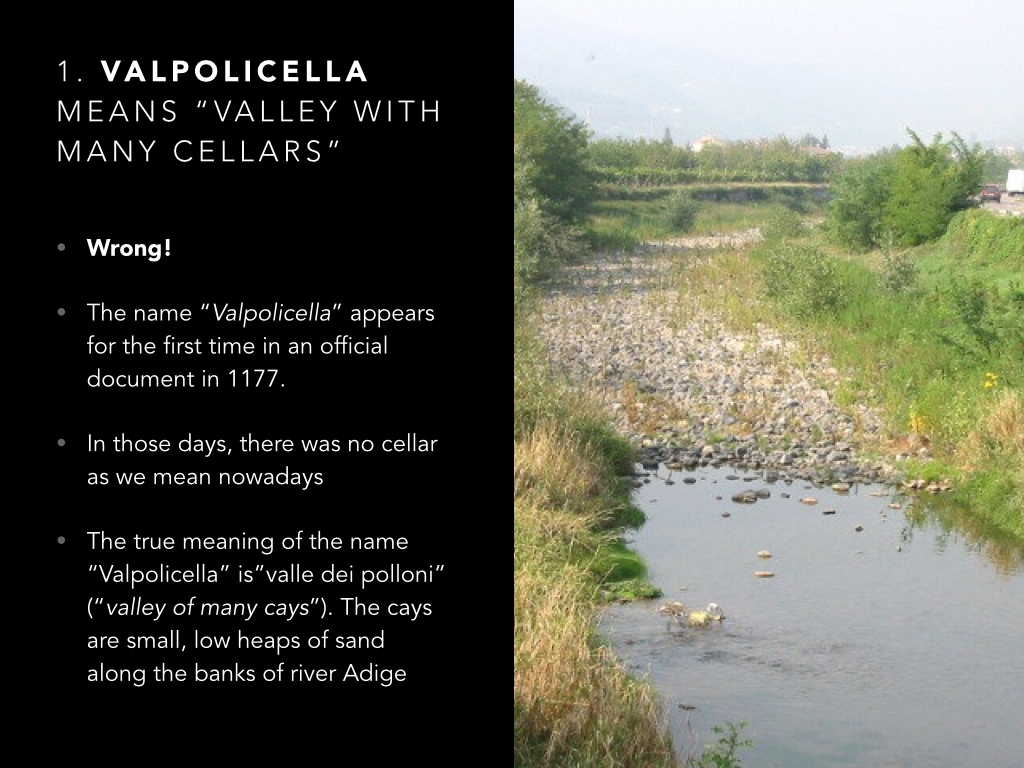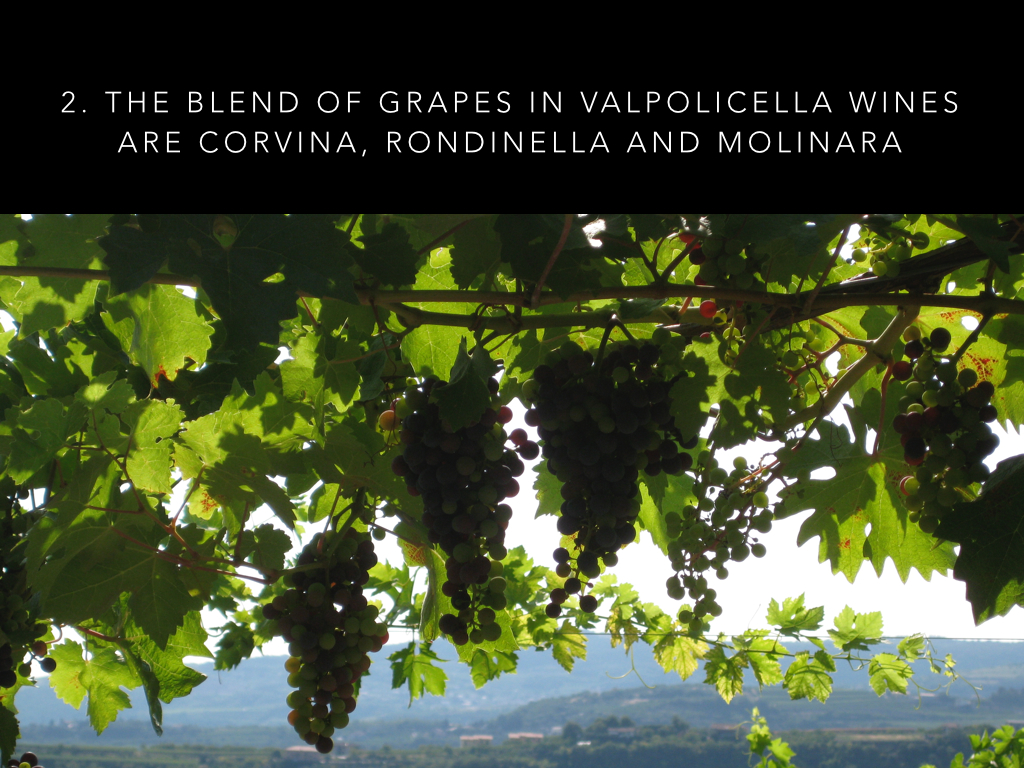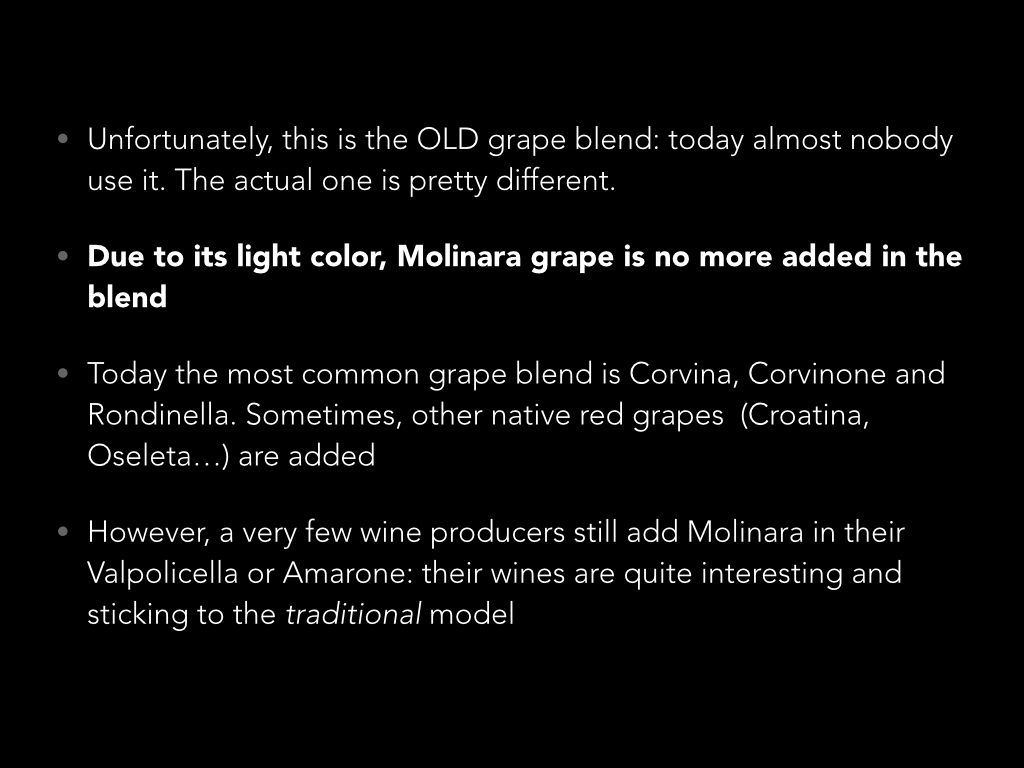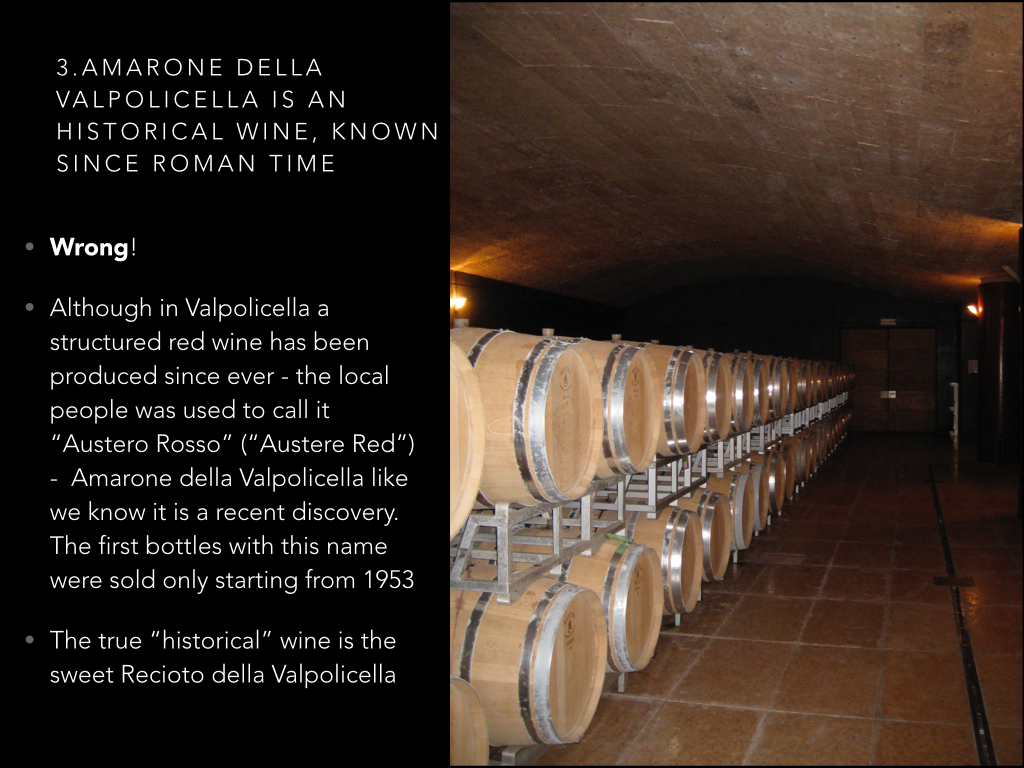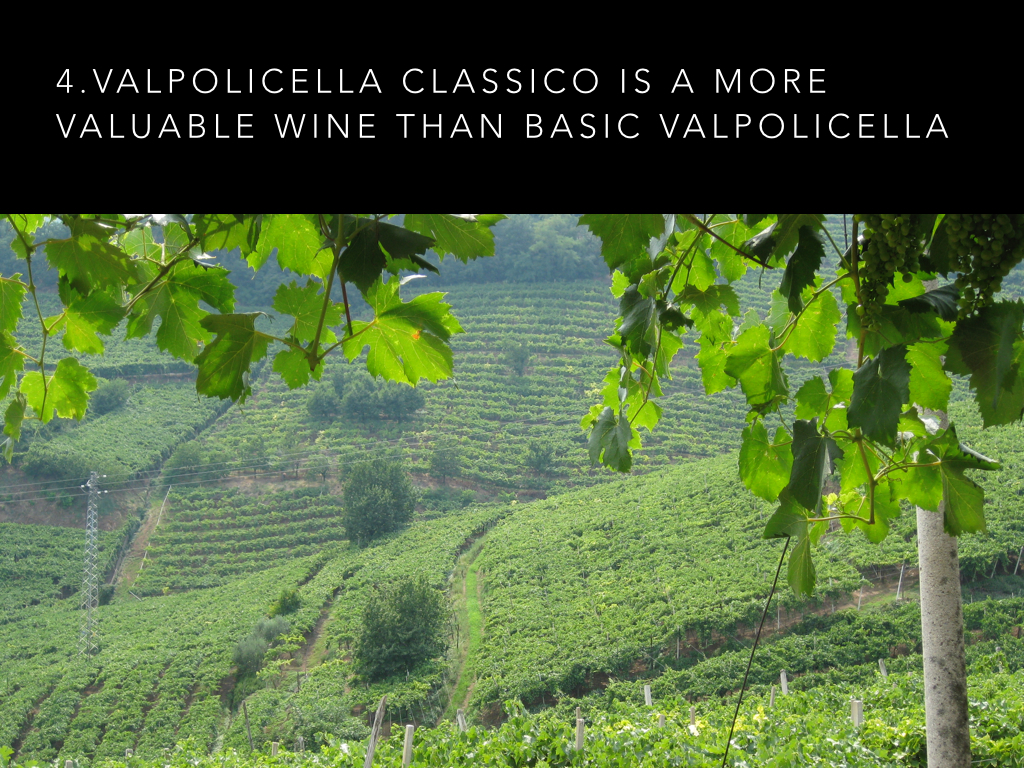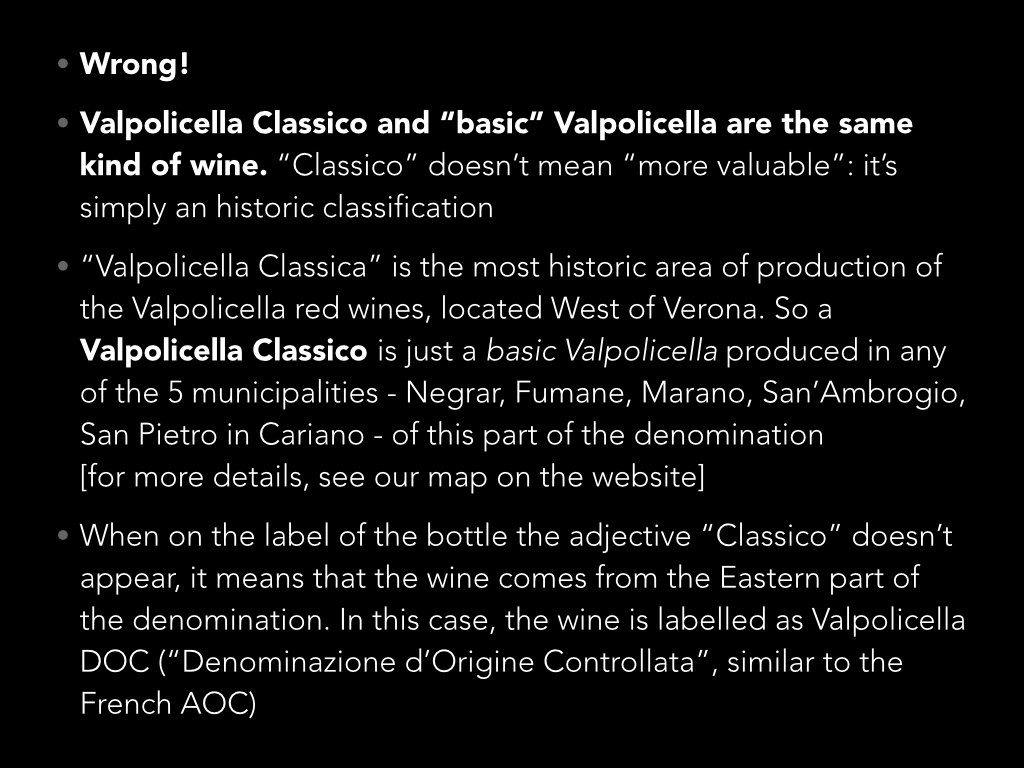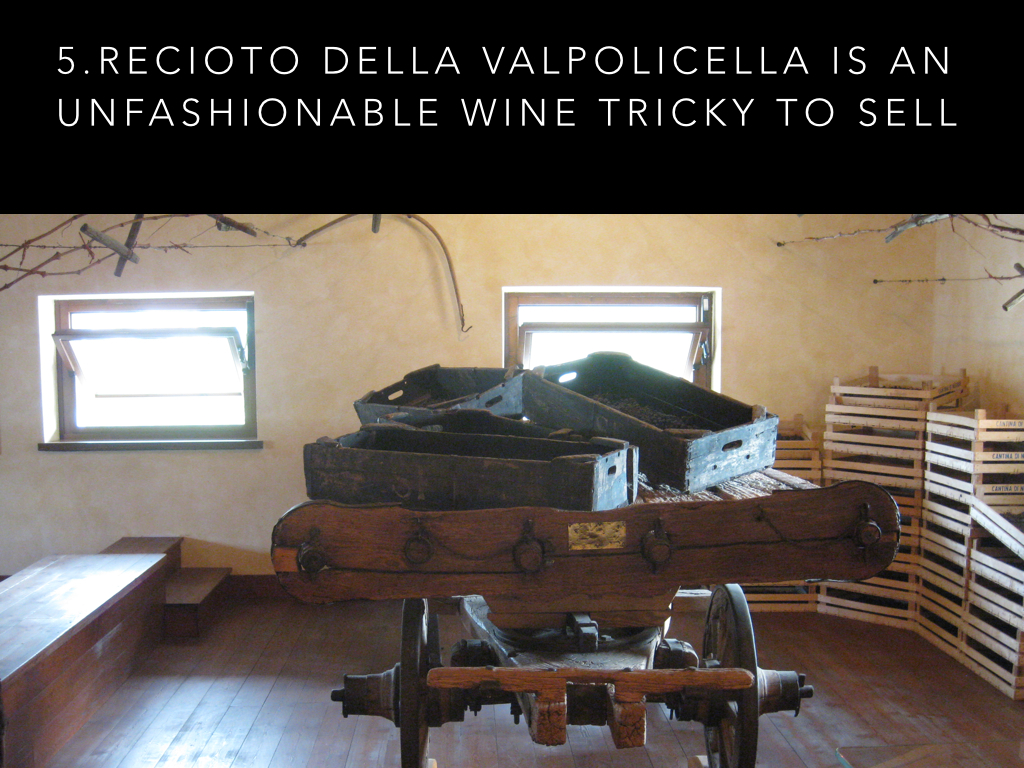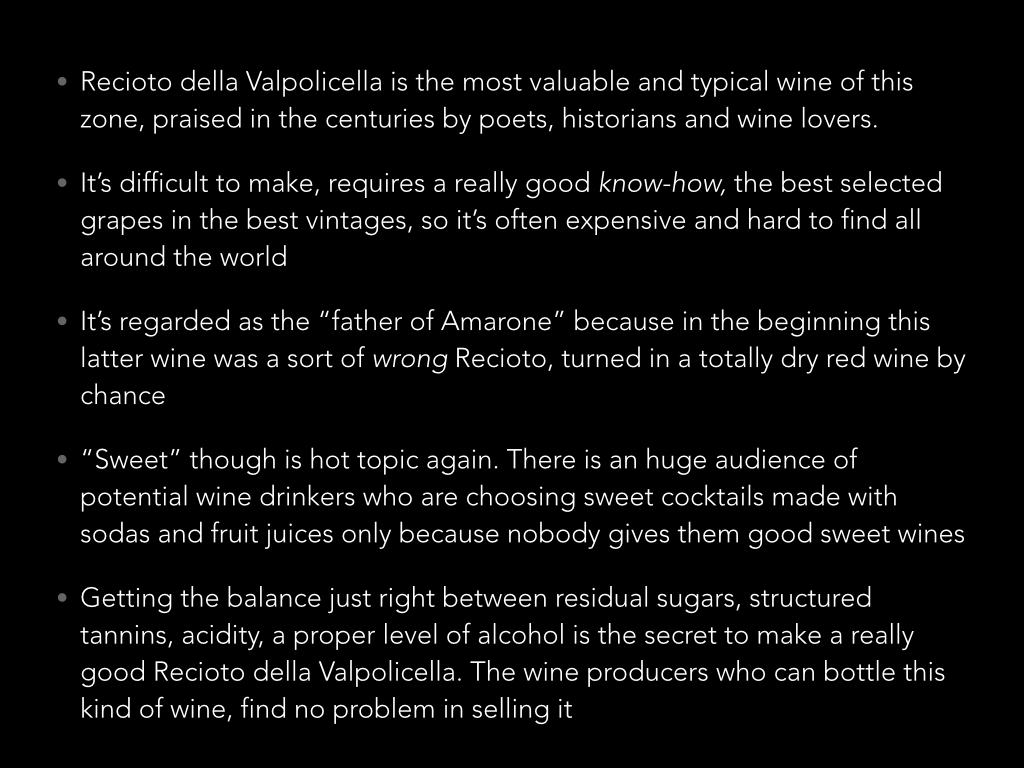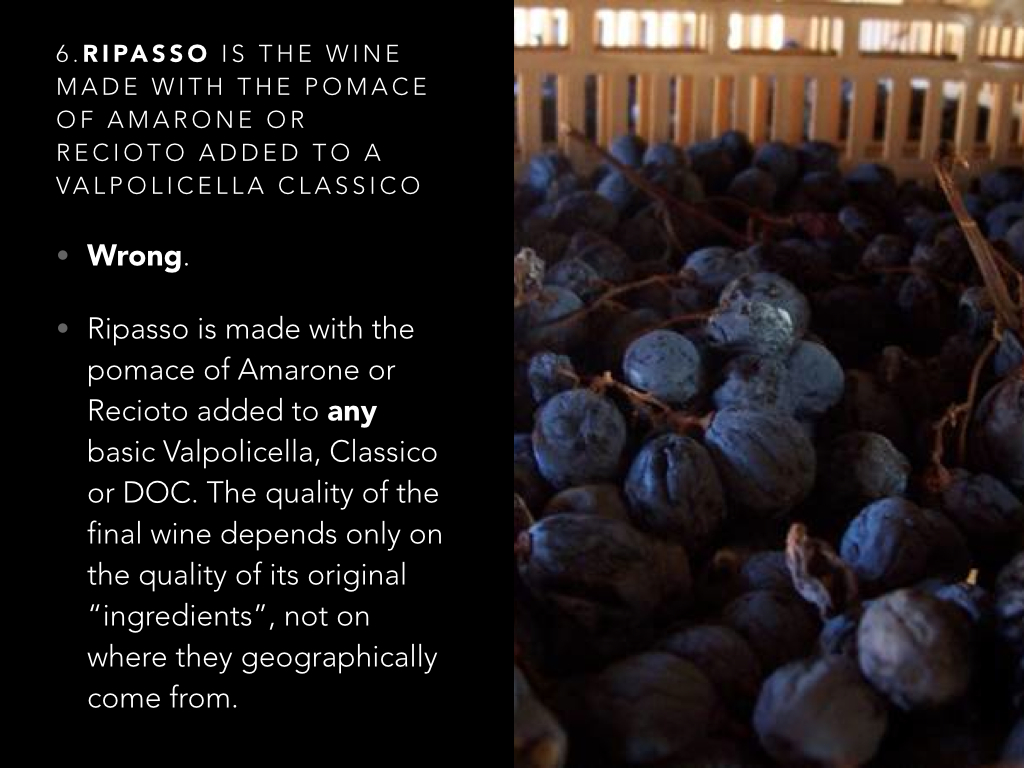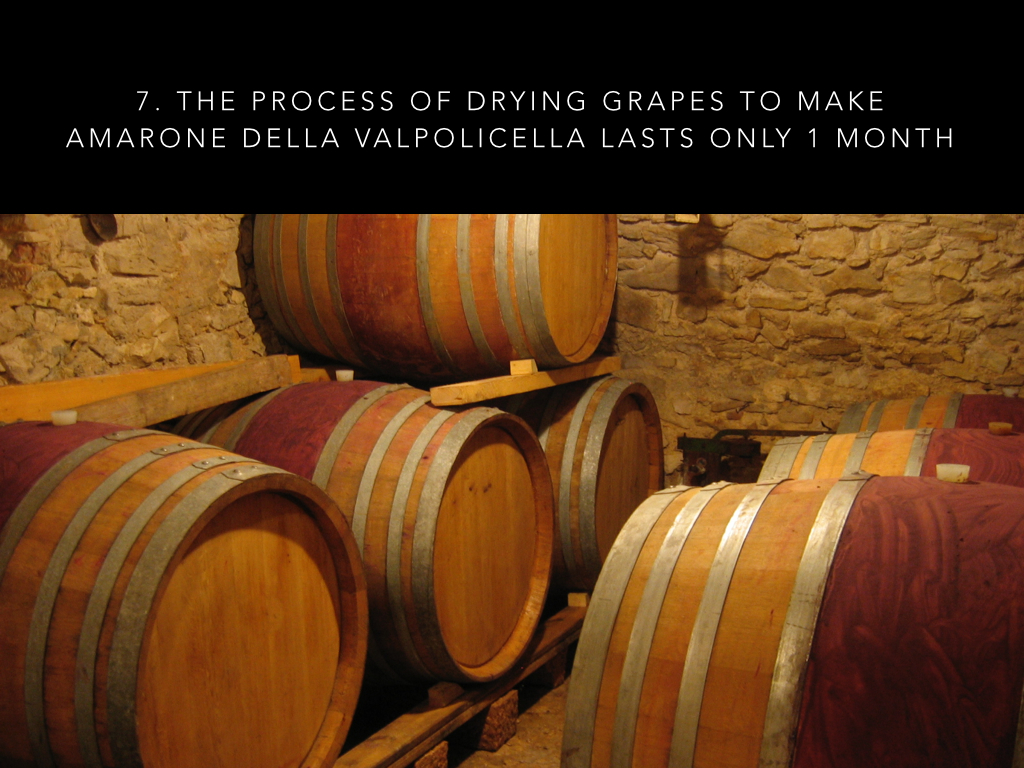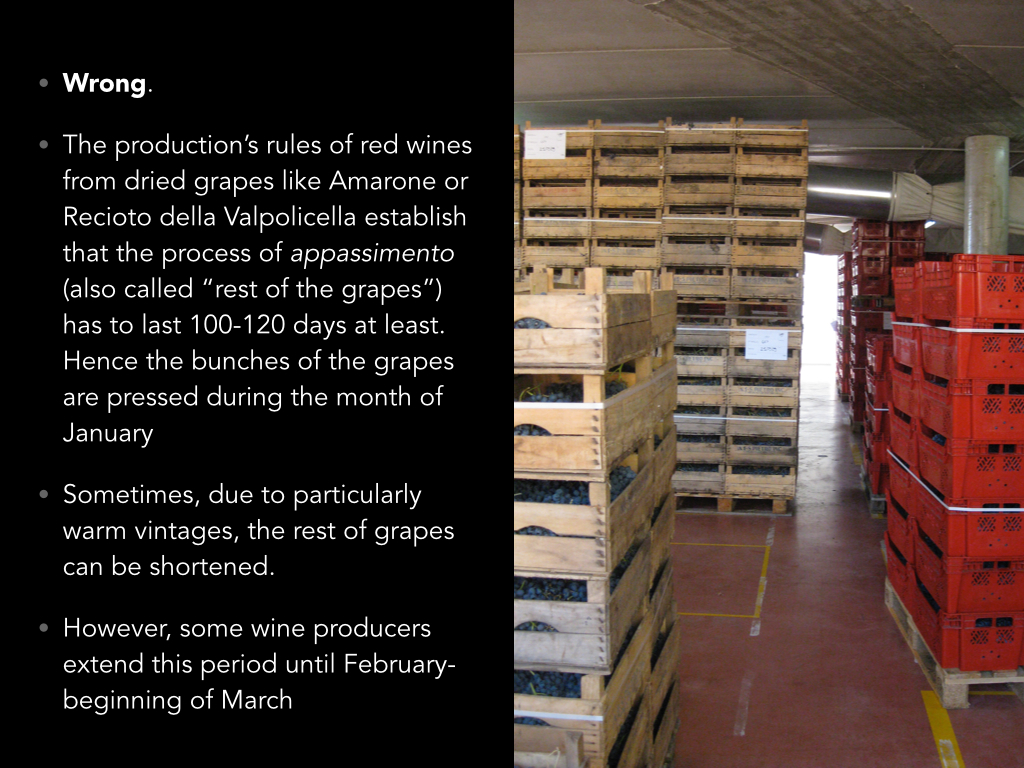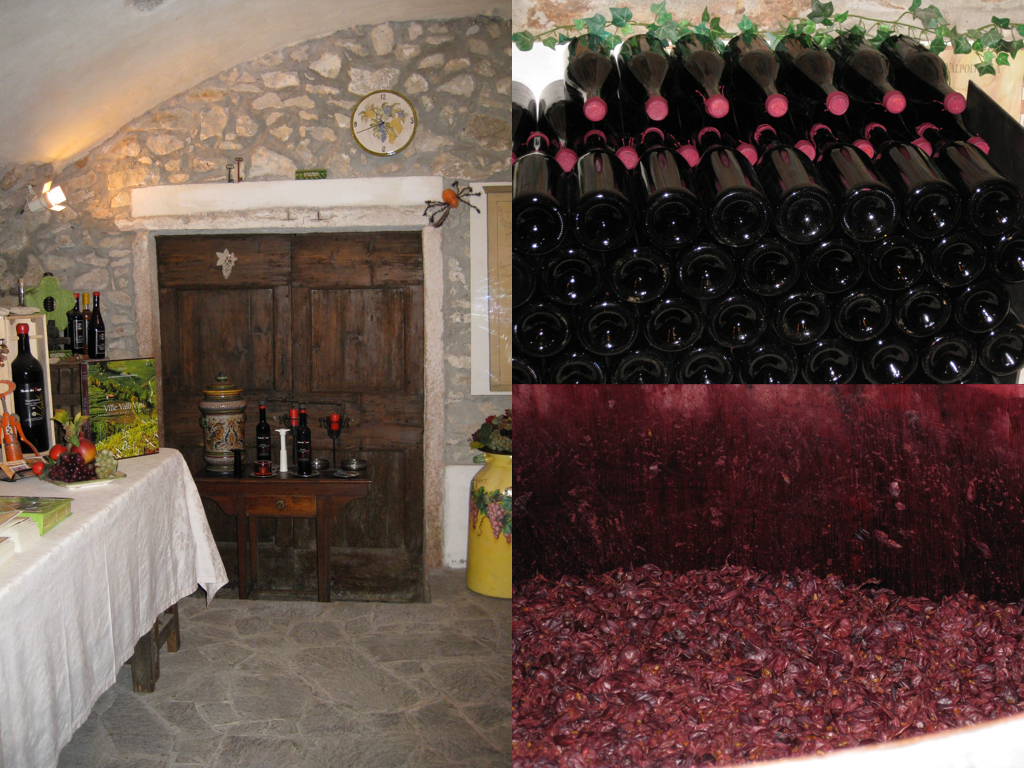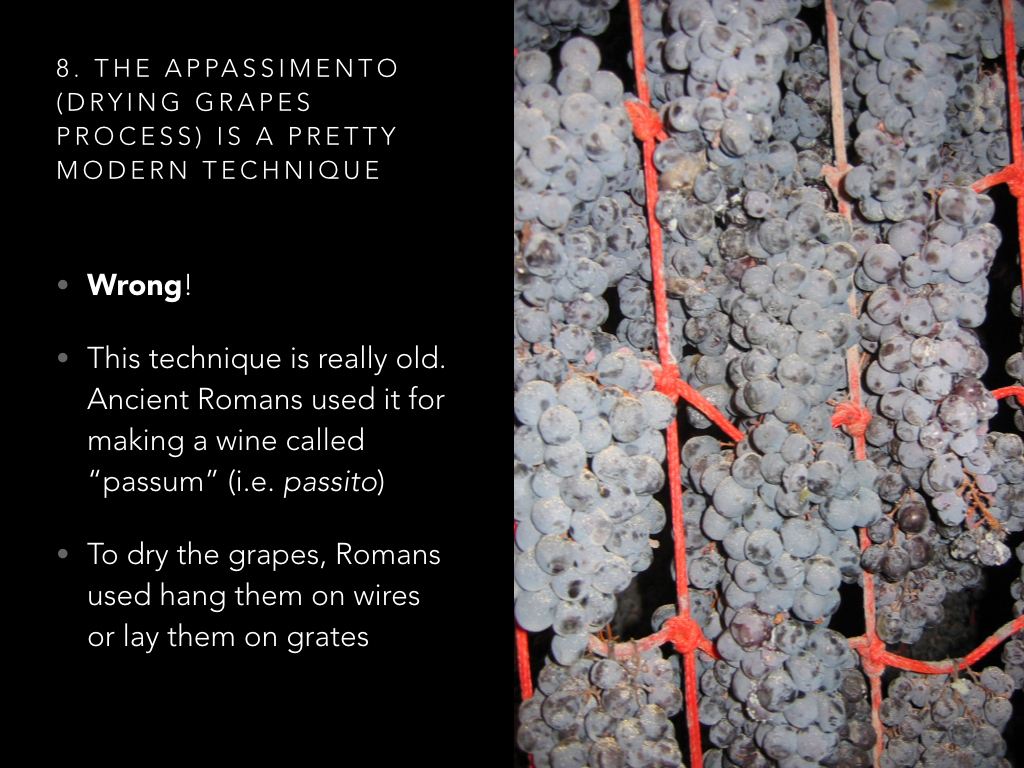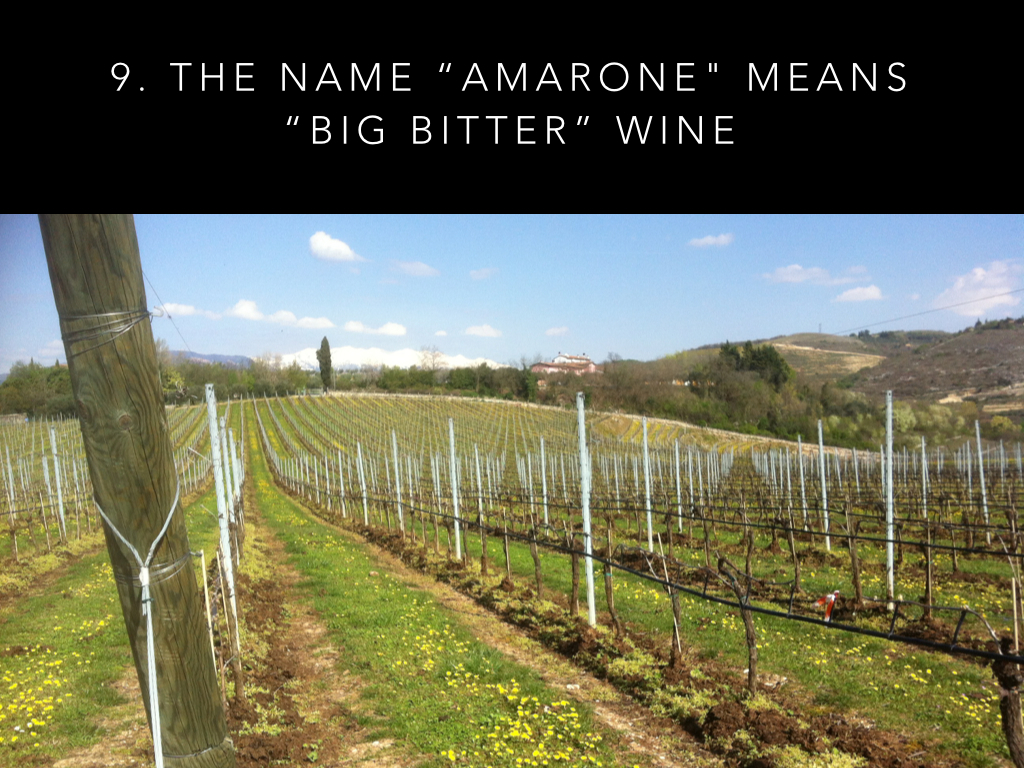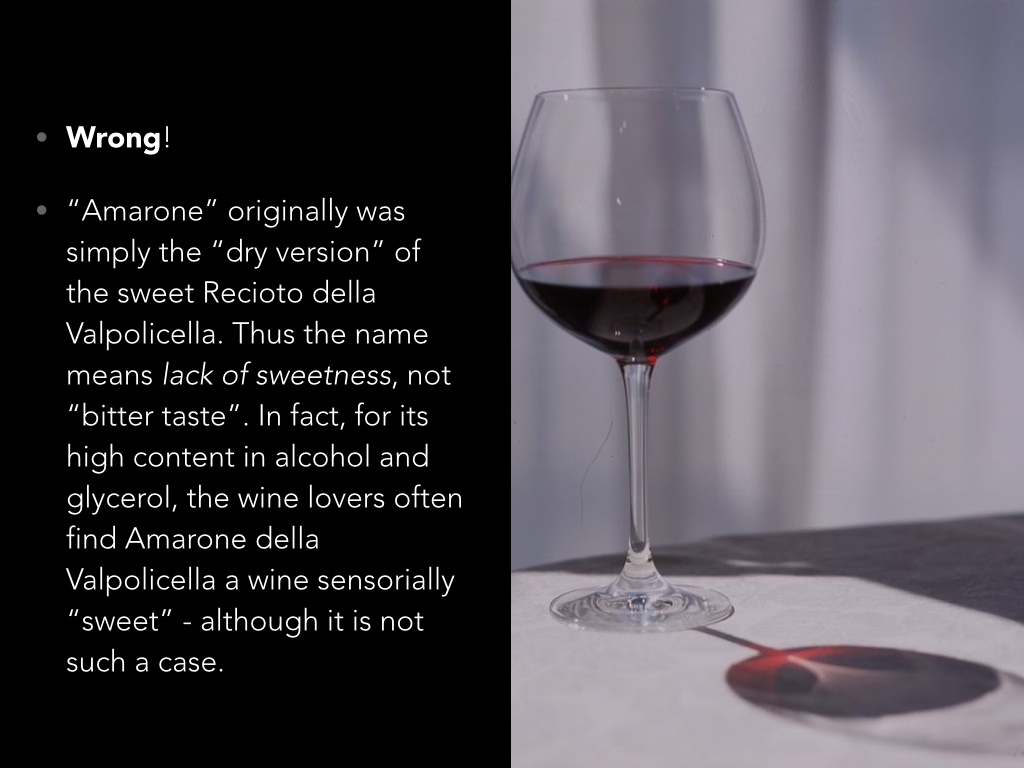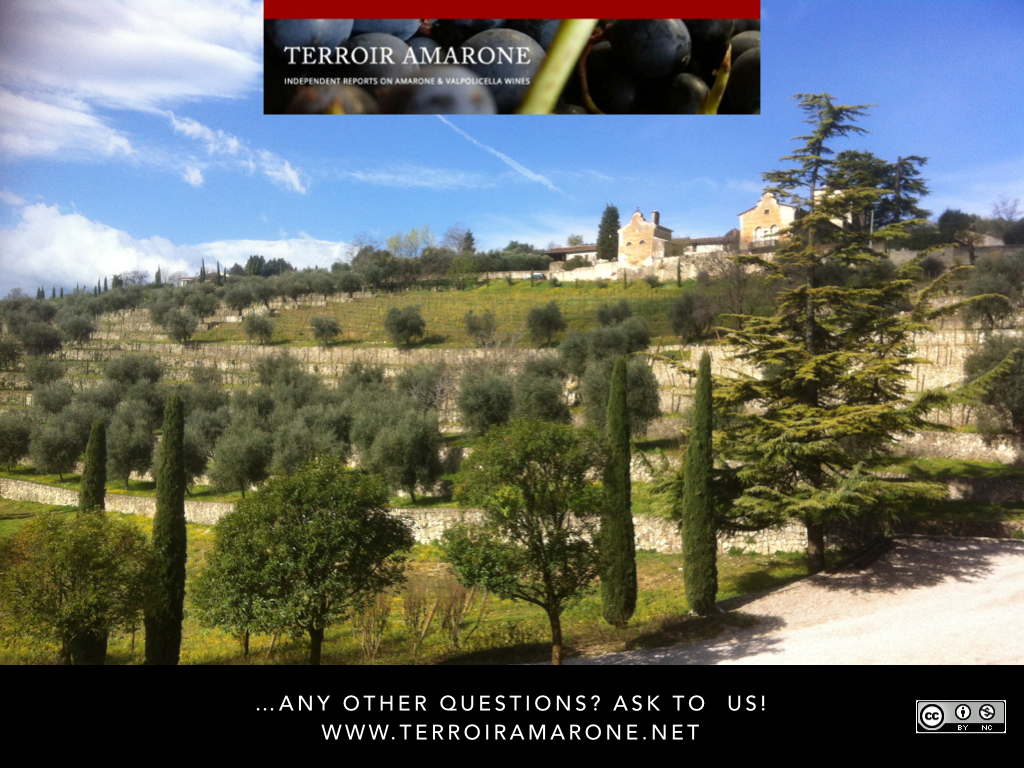Making wine is often a hard task, a game of balance between opposite strengths: technical issues, legal requirements, personal knowledge and vision, local culture, international taste, marketing trends...
And climate. Too often we underestimate this detail, but in viticulture it is among the most important element everywhere in the world. No doubts that climate in Valpolicella nowadays is rather different than in the past, and that viticulture has had to adapt itself to those changes.
Consequently, now the wines are different than in the past decades -not to mention other reasons more related to the technique or the customers' taste, of course- although the winery style may be the same at the time (or trying to be).
In the last Vinitaly, the Cantina "Valpolicella" di Negrar organized a quite interesting vertical tasting of its recent best vintages - 2008, 2005, 2003, 2000, 1997 - of the most important Amarone della Valpolicella: the cru "Vigneti di Jago". Daniele Accordini, the general manager and winemaker, showed us some charts and data about the climate in those vintages - sunlightining, rains, flowering time and other data - explaining how the practices of their viticulture and the winemaking process are adapting themselves and trying to correctly interpret the natural trends, in order to not distort the final result and support their usual style...
Read More



